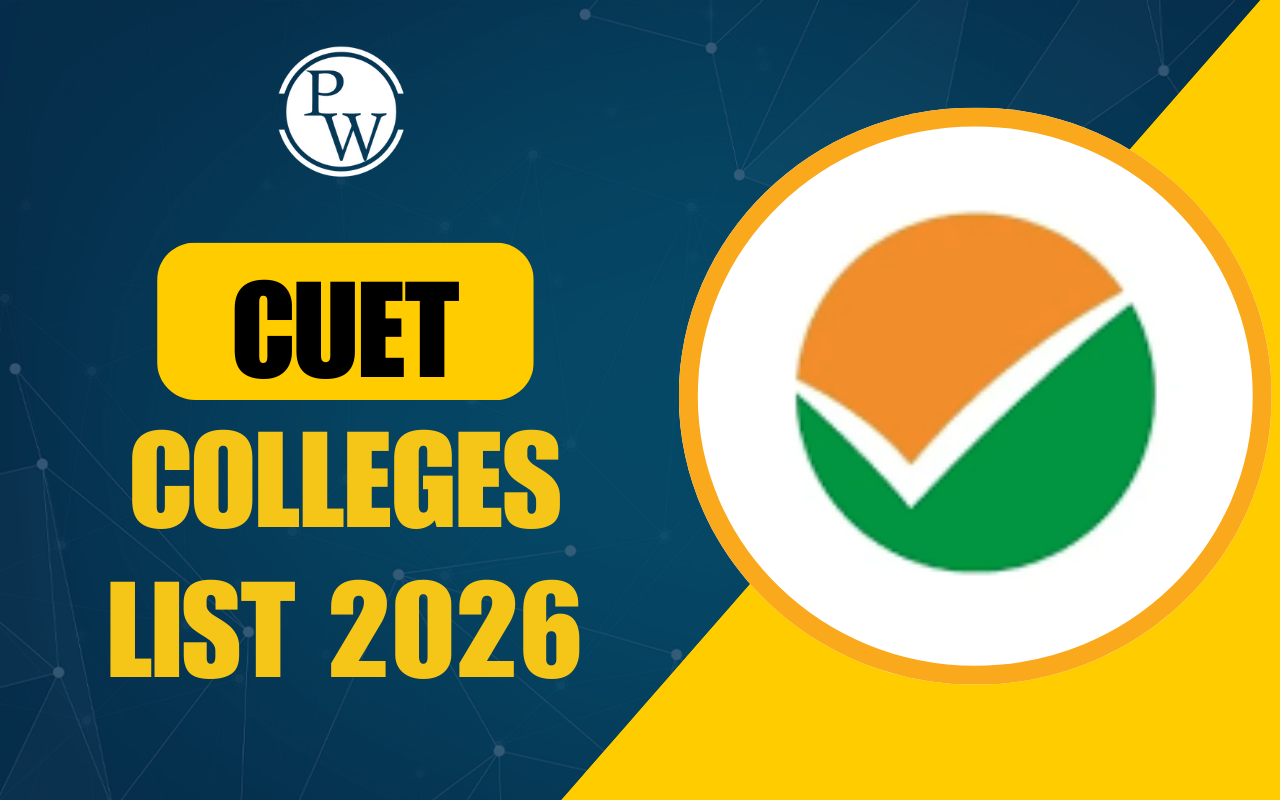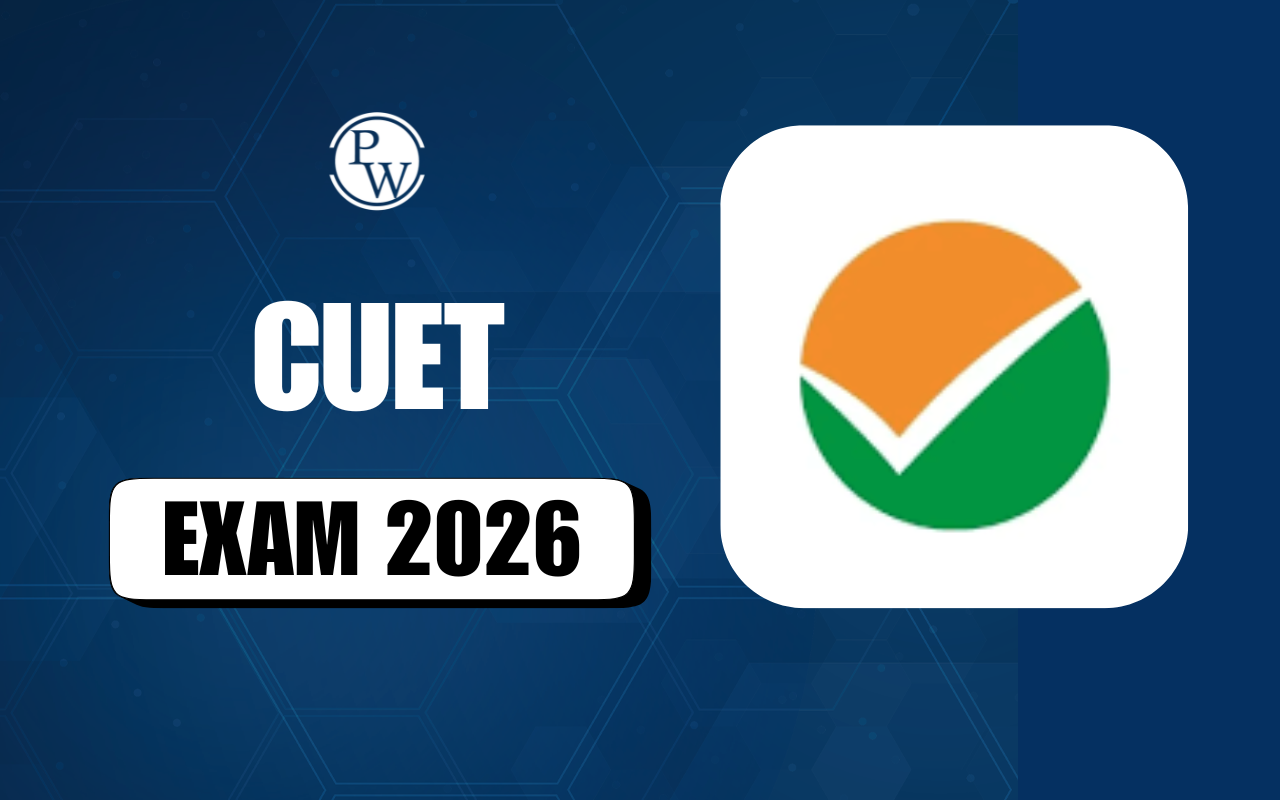
Important Tips for CUET 2025 Computer Science : Candidates who are willing to participate in CUET UG 2025 exam with Computer Science as a domain-specific subject must prepare with a well-structured preparation plan. Appearing candidates must understand the syllabus and practice coding every day to master this subject and secure good marks in CUET Computer Science exam. NTA is expected to conduct CUET UG 2025 exam between the second week of May and the last week of May 2025.
Important Tips for CUET 2025 Computer Science
Preparing for the CUET 2025 exam in Computer Science requires a clear understanding of the syllabus and effective study strategies. Candidates can follow the below preparation tips to prepare for the Computer Science exam.
Understand the Computer Science Syllabus
The first step in preparing for CUET 2025 Computer Science is to thoroughly understand the syllabus. The CUET syllabus will cover topics from the NCERT Class 12 curriculum, including:
- Exception and File Handling in Python
- Data Structures: Stack, Queue, Searching, and Sorting
- Database Concepts: Understanding databases and their structures
- Structured Query Language (SQL)
- Computer Networks: Types of networks and their components
- Data Handling using Pandas
- Plotting Data using Matplotlib
- Societal Impacts and Security Aspects
Create a Study Plan
A well-structured study plan is essential. Candidates should allocate specific time slots for each topic based on its importance and their comfort level. It is important to cover all topics well before the exam date. Breaking down study sessions into manageable chunks can help avoid burnout.
Focus on Core Concepts
Understanding core concepts is crucial in Computer Science. Candidates should spend time grasping fundamental ideas in programming, data structures, and databases. This foundation will make it easier to tackle complex problems later.
Practice Coding Regularly
Since programming is a significant part of the syllabus, regular coding practice is essential. Candidates can use online platforms to solve coding problems. This practice will improve coding skills and help them become familiar with common algorithms and data structures.
Take CUET Mock Tests
Taking CUET mock tests is an effective way to prepare for CUET 2025. Mock tests simulate the actual exam environment, helping candidates manage time effectively and get used to the pressure of exam day. Analyzing performance after each test can help identify areas that need improvement.
Revise Regularly Previously Studied Topics
Regular revision is key to retaining information. Candidates should set aside time each week to go over previously studied topics. This will reinforce memory and ensure they are well-prepared on exam day.
Join Study Groups
Studying with peers can be beneficial. Candidates should join study groups where they can discuss topics, share resources, and solve problems together. Teaching others can also reinforce their understanding of concepts.
Seek Help When Needed
If candidates encounter difficulties with certain topics, they should not hesitate to seek help. Asking teachers or joining online forums where they can get answers to their questions is advisable. Understanding difficult concepts early on will prevent confusion later.
Manage Time Wisely
Time management is crucial during preparation and on exam day. Candidates should practice solving questions within a set time limit to improve speed and efficiency. During the exam, allocating time wisely among different sections based on their difficulty level is important.
Review CUET Past Year's Papers
Analyzing CUET past year question papers can provide insights into frequently asked questions and important topics. This practice will help candidates understand the exam's format and the types of questions that may appear in CUET 2025.
CUET Computer Science Syllabus 2025
Candidates preparing for CUET Computer Science exam must go through CUET Computer Science Syllabus 2025 in the table below. CUET Computer Science Syllabus 2025 is divided into two sections i.e., Section A, Section B1 and B2.
CUET Computer Science Syllabus for Section A
Interested candidates can check the topic-wise Section A syllabus of CUET Computer Science in the table below.
| CUET Computer Science Syllabus for Section A | |
| Subject | Topics |
| Exception and File Handling in Python | Exception Handling |
| File Handling | |
| Database Concepts | Introduction to database concepts |
| Relational algebra | |
| Structured Query Language | Advantages of using Structured Query Language |
| Data Definition | |
| Data Query | |
| Data Manipulation | |
| Math functions | |
| Text functions | |
| Date Functions | |
| Aggregate Functions | |
| Computer Networks | Introduction to computer networks, Evolution of networking, |
| Network types | |
| Network devices | |
| Network Topologies | |
| The basic concept of MAC and IP Address Difference between the Internet and the web | |
CUET Computer Science Syllabus for Section B1
Interested candidates can check the topic-wise Section B1 syllabus of CUET Computer Science in the table below.| CUET Computer Science Syllabus for Section B1 | |
| Subject | Topics |
| Exception and File Handling in Python | Exception Handling |
| File Handling | |
| Stack | Stack (List Implementation) |
| Queue | Queue (List Implementation) |
| Introduction to DQueue and its implementation in Python. | |
| Searching | Searching |
| Sorting | Overview of sorting techniques, Bubble Sort, Selection Sort and Insertion Sort. Dry run to identify best, worst and average cases. Implementation of sorting techniques in Python. |
| Hashing | |
| Understanding Data | Data and its purpose, collection and organization; understanding data using statistical methods: |
| Database Concepts | Introduction to database concepts, the difference between database and file system, relational data model |
| Relational algebra | |
| Structured Query Language | Data Definition |
| Data Query | |
| Data Manipulation | |
| Math functions | |
| Text functions | |
| Date Functions | |
| Aggregate Functions | |
| Computer Networks | Introduction to computer networks, Evolution of networking |
| Network types | |
| Network devices | |
| Network Topologies | |
| The basic concept of MAC and IP Address Difference between the Internet and the web | |
CUET Computer Science Syllabus for Section B2
Interested candidates can check the topic-wise Section B2 syllabus of CUET Computer Science in the table below.| CUET Computer Science Syllabus for Section B2 | |
| Subject | Topics |
| Database Query using SQL | Math functions |
| Text functions | |
| Date Functions | |
| Aggregate Functions | |
| Operations on Relations - Union, Intersection, Minus, Cartesian Product, JOIN | |
| Data Handling using Pandas – I | Introduction to Python libraries |
| Series | |
| DataFrames | |
| Importing/Exporting Data between CSV files and DataFrames. | |
| Data Handling using Pandas – II | Descriptive Statistics |
| DataFrame operations | |
| Importing/Exporting Data between MySQL database and Pandas. | |
| Plotting Data using Matplotlib | Purpose of plotting; drawing and saving t h e following types of plots using Matplotlib – line the plot, bar graph, histogram, pie chart, frequency polygon, box plot, and scatter plot. |
| Customizing plots | |
| Introduction to Computer Networks | Introduction to Networks, Types of networks: LAN, MAN, WAN |
| Network Devices | |
| Network Topologies | |
| Introduction to Internet, URL, WWW, and its applications- Web, email, Chat, VoIP | |
| Website | |
| Web Browsers | |
| Societal Impacts | Digital footprint, Etiquette for Net surfing and for communicating through social media, data protection, Intellectual Property Rights (IPR) and their violation, plagiarism licensing and copyrights, Free and Open Source Software (FOSS), Cybercrime and cyber laws, hacking, phishing, cyberbullying, Overview of Indian IT Act, preventing cybercrime. |
| E-waste is a hazard, and management Awareness about health concerns related to the usage of technology like its effect on eyesight, physiological issues, and ergonomic aspects | |
| Data Communication | Concept of communication, Types of Data Communication, switching techniques Communication Media: Wired Technologies – Twisted pair cable, Co-axial cable, Ethernet Cable, Optical Fibre; |
| Introduction to mobile telecommunication technologies Wireless Technologies – Bluetooth, WLAN, Infrared, Microwave | |
| Network Protocol: Need for Protocol, Categorization and Examples of protocol, HTTP, FTP, IP, PPP; electronic mail protocol | |
| Concept of Channel, Bandwidth (Hz, KHz, MHz) and Data Transfer rate (bps, Kbps, Mbps, Gbps, Tbps) | |
| Security Aspects | Threats and Prevention |
| Network Security Concepts | |
| Network security threats | |
CUET Computer Science Exam Pattern 2025
Candidates willing to appear for CUET exam 2025 must follow the below table to understand the cuet exam pattern based on the new changes made by UGC. Candidates will be asked 50 questions from Computer Science and all of them are mandatory to answer.
| CUET Computer Science Exam Pattern 2025 | |
| Aspect | Details |
| Exam Mode | Online (Computer-Based Test) |
| Number of Sections | 3 Sections (IA, II, and III) |
| Total Number of Questions | 150 questions |
| Number of Questions in Section III | 50 questions (All compulsory) |
| Type of Questions | Multiple Choice Questions (MCQs) |
| Total Marks in Section III | 250 marks |
| Marking Scheme | +5 for each correct answer, -1 for each incorrect answer, 0 for unattempted questions |
| Duration of Each Section | 60 minutes |
| Medium of Exam | English, Hindi, and other regional languages |
Study Material For CUET 2025 Preparation
Comprehensive guides, practice papers, mock tests, and video lectures designed to help students excel in the CUET 2025 exam . Boost your preparation with expert resources.
| Study Material For CUET 2025 Preparation |
| Checkout CUET Books from PW Store |
| Checkout Question Banks from PW Store |
| Checkout Mock Test from PW Store |
Important Tips for CUET 2025 Computer Science FAQs
Q1. What is the CUET 2025 Computer Science syllabus?
Q2. How should candidates start their preparation for CUET Computer Science?
Q3. What are the key topics to focus on for CUET Computer Science?
Q4. Is coding practice necessary for CUET Computer Science?










